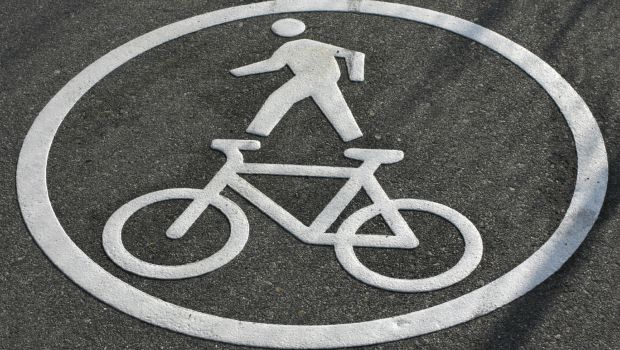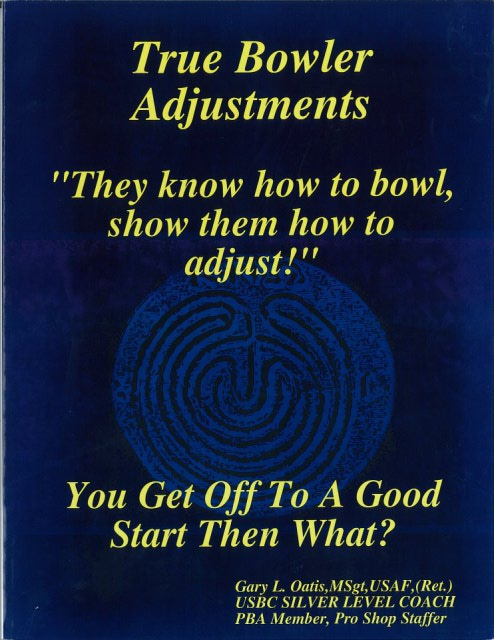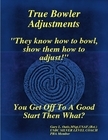Pitcher
Question
What ages should you teach a player to throw breaking pitches and how many pitches will be consider a safe number for a high school pitcher to throw in a game?
Answer
Hi Clemon,
It is a good idea to delay teaching breaking pitches until middle school or later. I recommend they wait to high school and instead use the middle school years to develop their fastball, pitching motion, and changeup.
In regard to curveballs, the best method to teach is not a wrist snap, but rather the methods that encourage a forearm chopping motion. This method reduces the risk of injury at an early age. In regards to the number of pitches one should throw, this can vary depending on a number of factors including, size, age, physical strength, etc. Since breaking pitches put more stress on your arm that fastballs and changeups, most pitching coaches would advocate making the ratio of less than 1/3 of the pitches thrown and probably are better off having this at the 1/5 of the pitches thrown range. For example, if someone throws 60 pitches, throw no more than 12 to 15 curveballs.
Another reason it is a good idea to limit the amount of curveballs is simple effectiveness of the pitching. Good pitchers must learn how to locate their fastball and changeup in different locations and relying on curveballs negatively impacts this training. Also, many high school umpires are less likely to call curveballs for strikes due to a misunderstanding of the rules.
At the end of the day, there is no hard and fast rule for pitch count. However, I think the 1/5th standard is a good rule of thumb; however, scrap that if the pitcher is feeling pain or soreness. In addition, make sure the pitcher is giving themselves 48 hours of rest after each game. This will help increase their longevity throughout the season.
Best,
Jack Elliott
http://www.baseballtrainingtechniques.com
Hey! Starting to pitch...
Batter hit by fair ball?


